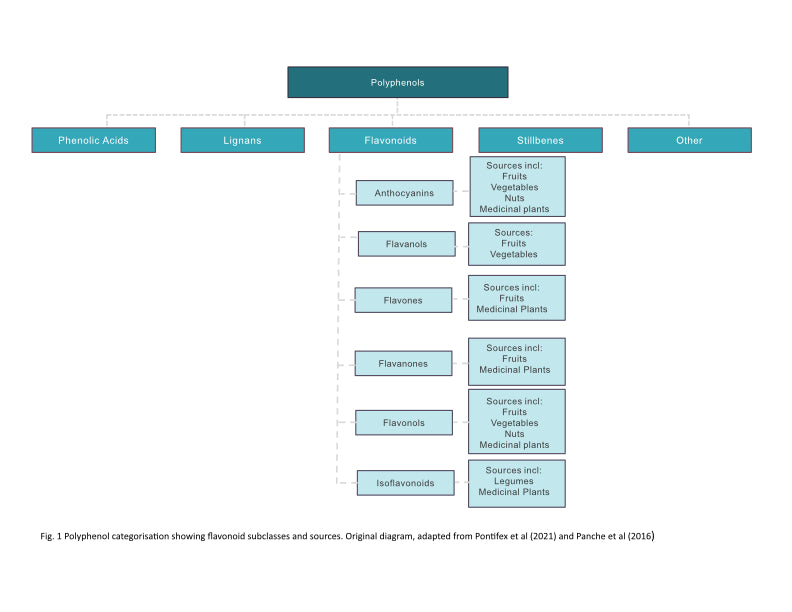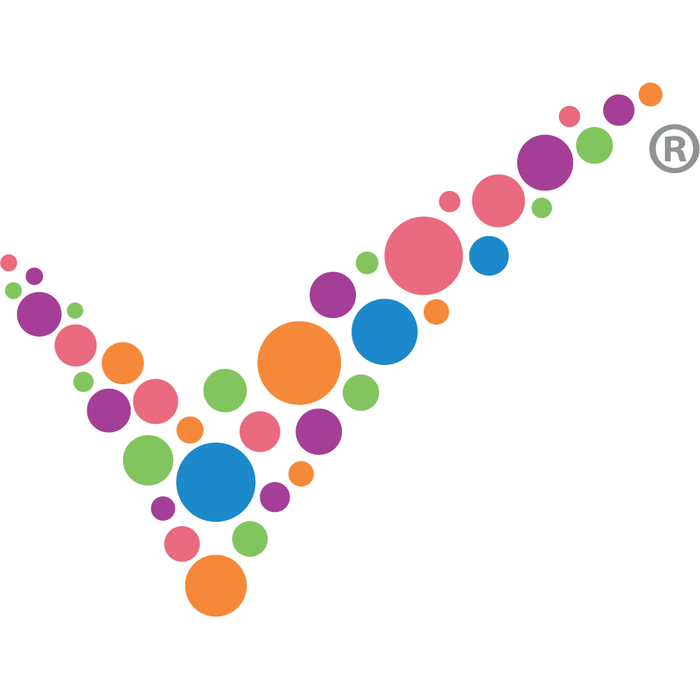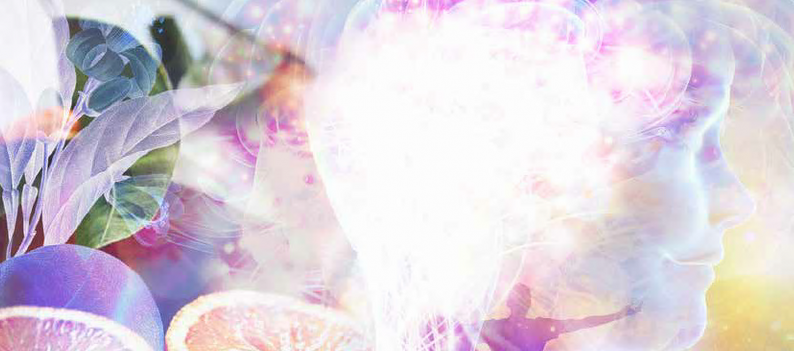Kiecolt-Glaser, J.K., Derry, H. M., & Fagundes, C. P. (2015). Inflammation: Depression Fans the Flames and Feasts on the Heat. The American Journal of Psychiatry, 172(11), 1075–1091. https://doi.org/10.1176/appi.ajp.2015.15020152
Maes, M., Bosmans, E., De Jongh, R., Kenis, G., Vandoolaeghe, E., & Neels, H. (1997). Increased serum IL-6 and IL-1 receptor antagonist concentrations in major depression and treatment resistant depression. Cytokine, 9(11), 853–858. https://doi.org/10.1006/cyto.1997.0238
Ortiz-Andrade, R., Araujo-León, J. A., Sánchez-Recillas, A., Navarrete-Vazquez, G., González-Sánchez, A. A., Hidalgo-Figueroa, S., Alonso-Castro, Á. J., Aranda-González, I., Hernández-Núñez, E., Coral-Martínez, T. I., Sánchez-Salgado, J. C., Yáñez-Pérez, V., & Lucio-Garcia, M. A. (2020). Toxicological Screening of Four Bioactive Citroflavonoids: In Vitro, In Vivo, and In Silico Approaches. Molecules, 25(24), 5959. https://doi.org/10.3390/molecules25245959
Pan, M.-S., Lai, C.-S., & Ho, C.-T. (2010). Anti-inflammatory activity of natural dietary flavonoids. Food & Function, 1(1), 15–31. https://doi.org/10.1039/c0fo00103a
Raison, C. L., Capuron, L., & Miller, A. H. (2006). Cytokines sing the blues: inflammation and the pathogenesis of depression. Trends in Immunology, 27(1), 24–31. https://doi.org/10.1016/j.it.2005.11.006
Song, J., & Kim, Y. (2021). Animal models for the study of depressive disorder. CNS Neuroscience & Therapeutics, 27(6), 633–642. https://doi.org/10.1111/cns.13622
Tan, A., Morton, K. R., Lee, J. W., Hartman, R., & Lee, G. (2020). Adverse childhood experiences and depressive symptoms: Protective effects of dietary flavonoids. Journal of Psychosomatic Research, 131, 109957–109957. https://doi.org/10.1016/j.jpsychores.2020.109957
Tayab, M. A., Islam, M. N., Chowdhury, K. A. A., & Tasnim, F. M. (2022). Targeting neuroinflammation by polyphenols: A promising therapeutic approach against inflammation-associated depression. Biomedicine & Pharmacotherapy, 147, 112668.
Youdim, K.A., Dobbie, M. S., Kuhnle, G., Proteggente, A. R., Abbott, N. J., & Rice‐Evans, C. (2003). Interaction between flavonoids and the blood–brain barrier: in vitro studies. Journal of Neurochemistry, 85(1), 180–192. https://doi.org/10.1046/j.1471-4159.2003.01652.x




